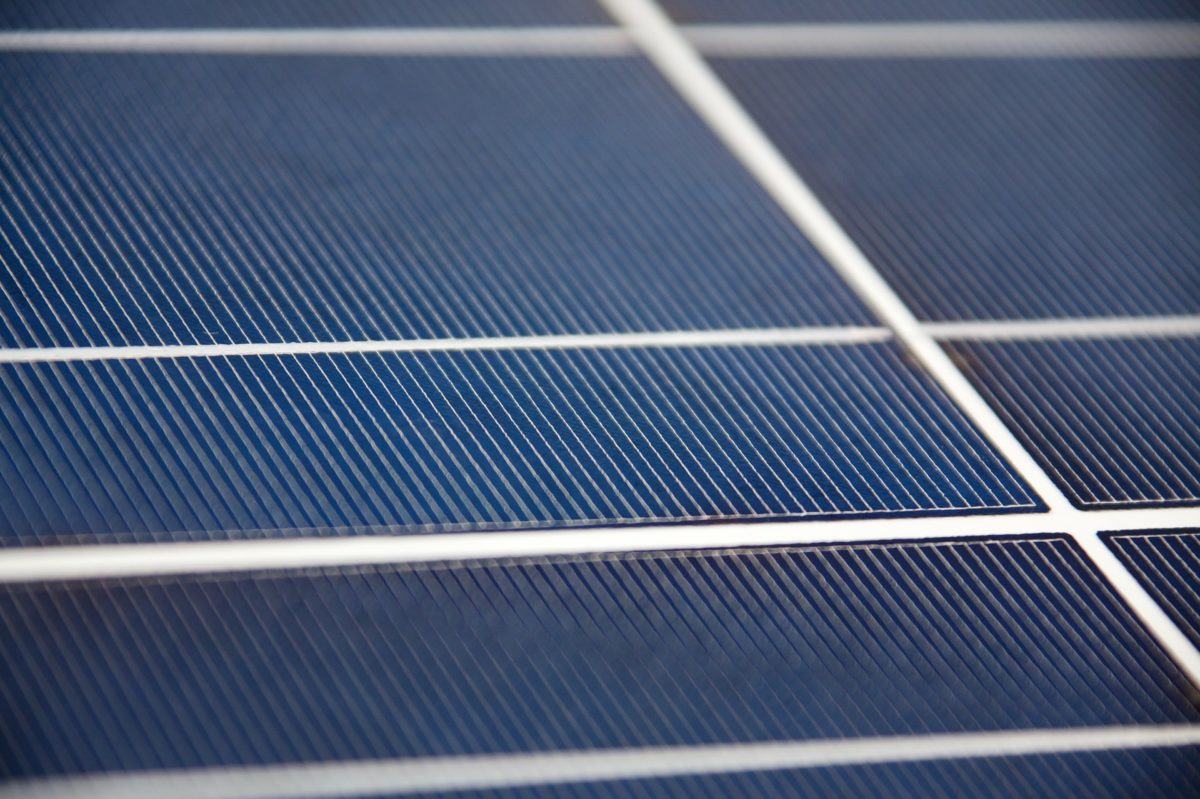The connection between mechanical damage and the formation of hot spots in solar cells is a well-known issue in the PV manufacturing industry and a U.K. study has now confirmed the correlation between hot spots and micro-cracks at cell level is significant.
The findings of the study were presented in the paper Micro cracks distribution and power degradation of polycrystalline solar cells wafer: Observations constructed from the analysis of 4000 samples, published in Renewable Energy and on the ScienceDirect website.
Researchers from the University of Huddersfield used scanning electron microscope technologies based on electron backscatter diffraction – which analyzes any kind of crystalline or polycrystalline material; and on an Everhart-Thornley Detector, a secondary electron and back-scattered electron detector. The scientists analyzed 4,000 polycrystalline silicon solar cell samples and found the size of cracks varied from 50μm to 4mm and that power losses deriving from them ranged from 0.9-42.8%.
Different types of crack
The research identified two main crack categories: front-contact cracks affecting wafers, fingers and busbars; and rear-contact defects to rear furnaces and busbars.
Cell power losses were measured by illuminating the devices under standard test conditions, with 1,000 W/m2 solar irradiance and a cell surface temperature of 25 degrees Celsius. “Evidently, the cracks affecting solar wafer, fingers and the busbar have the uppermost power loss, with [a] mean of 25.52%, whereas the second maximum mean output power loss of 9.01% is obtained for the solar cells affected by micro-cracks in the solar wafer and the busbar,” the researchers wrote.
Popular content
The scientists said the micro-cracks detected across wafers and fingers had the minimum output loss, of 7.59%, and cells affected by rear-contact micro-cracks suffered even lower power losses, of only 1.48%.
Increasing temperatures and hotspots
The heat map and thermal images of the analyzed samples showed increased temperatures at the cracked areas quickly expanded to the whole solar cell and, as a consequence, hot spots could occur within the device. “The main heat source of the cell is spread from the original cracked area and it heats up significantly due to the excitation of the electrons through a thinner width of the metal carrying the current, either in the fingers or busbars,” the paper noted. “Subsequently, an increase in the solar cell temperature will be granted as well as an increase in the output power loss [being] highly … expected.”
The scientists explained the formation of micro-cracks raised the temperature of analyzed solar cell samples by 7.6 degrees Celsius or more, providing the main cause of permanent hot spots in the affected cell.
This content is protected by copyright and may not be reused. If you want to cooperate with us and would like to reuse some of our content, please contact: editors@pv-magazine.com.



By submitting this form you agree to pv magazine using your data for the purposes of publishing your comment.
Your personal data will only be disclosed or otherwise transmitted to third parties for the purposes of spam filtering or if this is necessary for technical maintenance of the website. Any other transfer to third parties will not take place unless this is justified on the basis of applicable data protection regulations or if pv magazine is legally obliged to do so.
You may revoke this consent at any time with effect for the future, in which case your personal data will be deleted immediately. Otherwise, your data will be deleted if pv magazine has processed your request or the purpose of data storage is fulfilled.
Further information on data privacy can be found in our Data Protection Policy.